NYC Local Law 11 explained - by Michael Rogoff
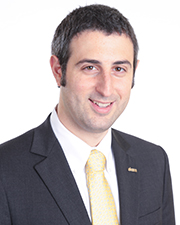
The NYC Façade Inspection Safety Program (FISP), also known as Local Law 11, requires NYC buildings taller than six stories to have their facades inspected and repaired every five years. The law was recently enhanced in order to protect New Yorkers from falling debris after several deadly accidents occurred. Approximately 12,500 buildings in NYC are subject to Local Law 11.
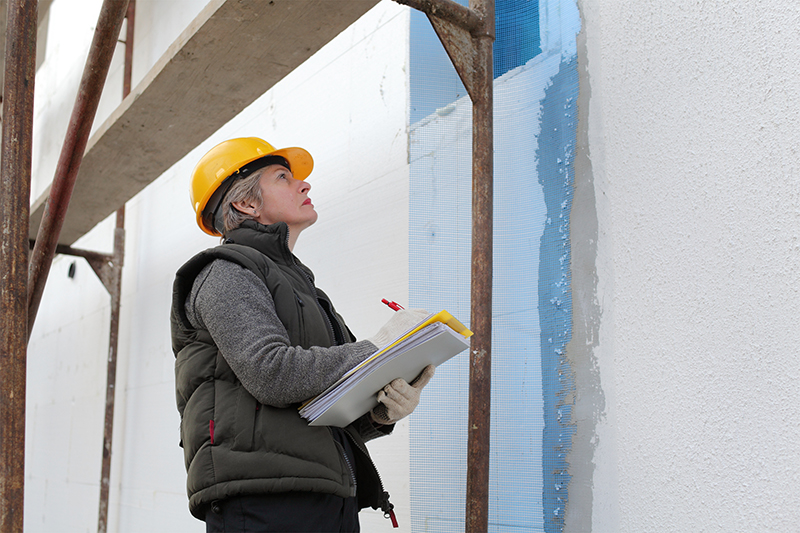 Who is authorized to perform a Local Law 11 inspection?
Who is authorized to perform a Local Law 11 inspection?
“Now Qualified Exterior Wall Inspectors (QEWIs) must have seven years of experience, specifically with buildings over six stories to perform the inspection. Additionally, the inspection can no longer be delegated to a tradesperson,” according to Andy Leight, AKAM senior vice president. Only registered architects, engineers, and individuals with a bachelor’s degree in architecture or engineering and three years of FISP experience, or those without a degree who have at least five years of FISP experience, can perform inspection tasks under the direct supervision of the QEWI.
What does a Local Law 11 inspection entail?
In addition to visual inspection, close-up inspection from scaffolding is required at least every 60 ft. along the length of every exterior wall that fronts a public right of way. This includes streets, sidewalks, easements, plazas and all other public places. To ensure this takes place, QEWIs must submit images of themselves and their staff performing the inspection.
Probes must be performed on all cavity wall construction in this inspection cycle and in every odd numbered cycle going forward. A probe must be completed near all required close-up inspection points. All significant conditions must now be documented in detail with photographs that are mapped to building plans.
The only exceptions are for buildings which underwent cavity wall rehabilitation addressing wall ties within the past ten years, new buildings less than ten years old where wall tie installation can be proven, or buildings for which an alternative method of evaluating wall ties is proposed by the QEWI and accepted by the DOB.
Sidewalk protection must be erected, and all relevant permits obtained. “It’s also important to note that some historic buildings may need additional permitting from the Landmarks Preservation Commission,” according to Adam Stern, AKAM senior vice president.
When should an inspection be scheduled?
The filing deadlines are based on the buildings block number:
- Last digit of block numbers 4, 5, 6 & 9: Feb 21, 2020-Feb 21, 2022
- Last digit of block numbers 0, 7 & 8: Feb 21, 2021–Feb 21, 2023
- Last digit of block numbers 1, 2 & 3: Feb 21, 2022–Feb 21, 2024
During the inspection or repair process, other problems may come to light that must be addressed. “Planning will be key in meeting deadlines and keeping costs down,” according to Mark Weil, AKAM senior vice president.
What happens if a problem is found during the inspection?
The updated law more clearly differentiates between Safe with a Repair and Maintenance Program (SWARMP) conditions from unsafe conditions; the new rule specifies that conditions requiring repair or maintenance within one year must be considered Unsafe, while those that need to be addressed in the next five years will be classified as SWARMP.
Owners of buildings deemed unsafe must correct the conditions within 90 days. If owners can’t meet the deadline, they must notify the DOB and provide supporting documents from the QEWI in a subsequent report justifying the delay. According to Gina Fazzalaro, AKAM vice president, “In all cases, the QEWI must provide an exact date by which work must be completed. For Unsafe conditions, time frames must be within five years.”
After inspection, what is the responsibility of the property owner?
The inspection report must be filed within 60 days of the inspection. Failing to file the report results in a $5,000 fine plus additional penalties. Facade condition status must now be posted in the lobby or vestibule of the building within 30 days.
To ensure our client building’s are in compliance, AKAM tracks Local Law 11 due dates, creates the RFP for services specific to the property’s needs, solicits and levels bids from qualified service providers, schedules the inspection, and ensures the FISP Report is submitted.
Since 1983, AKAM has served as the premier third-party property management company for New York City. Organically grown, AKAM delivers enhanced services to all of its clients, including industry leading technology, staff hospitality training, capital project management, compliance, and energy management.
Michael Rogoff is the president of AKAM, New York, N.Y.
AmTrustRE completes $211m acquisition of 260 Madison Ave.


AI comes to public relations, but be cautious, experts say - by Harry Zlokower

Strategic pause - by Shallini Mehra and Chirag Doshi

Lasting effects of eminent domain on commercial development - by Sebastian Jablonski



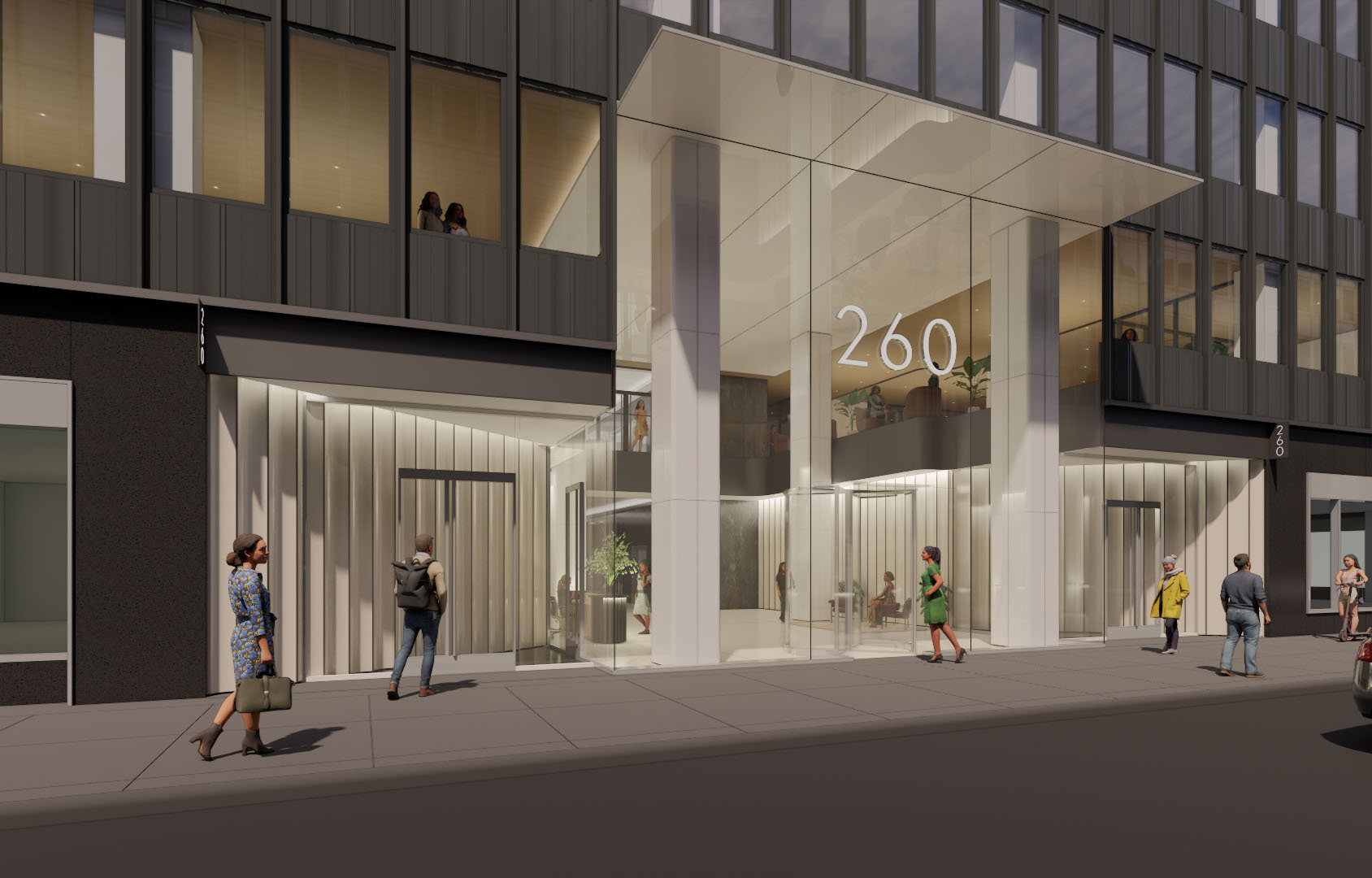
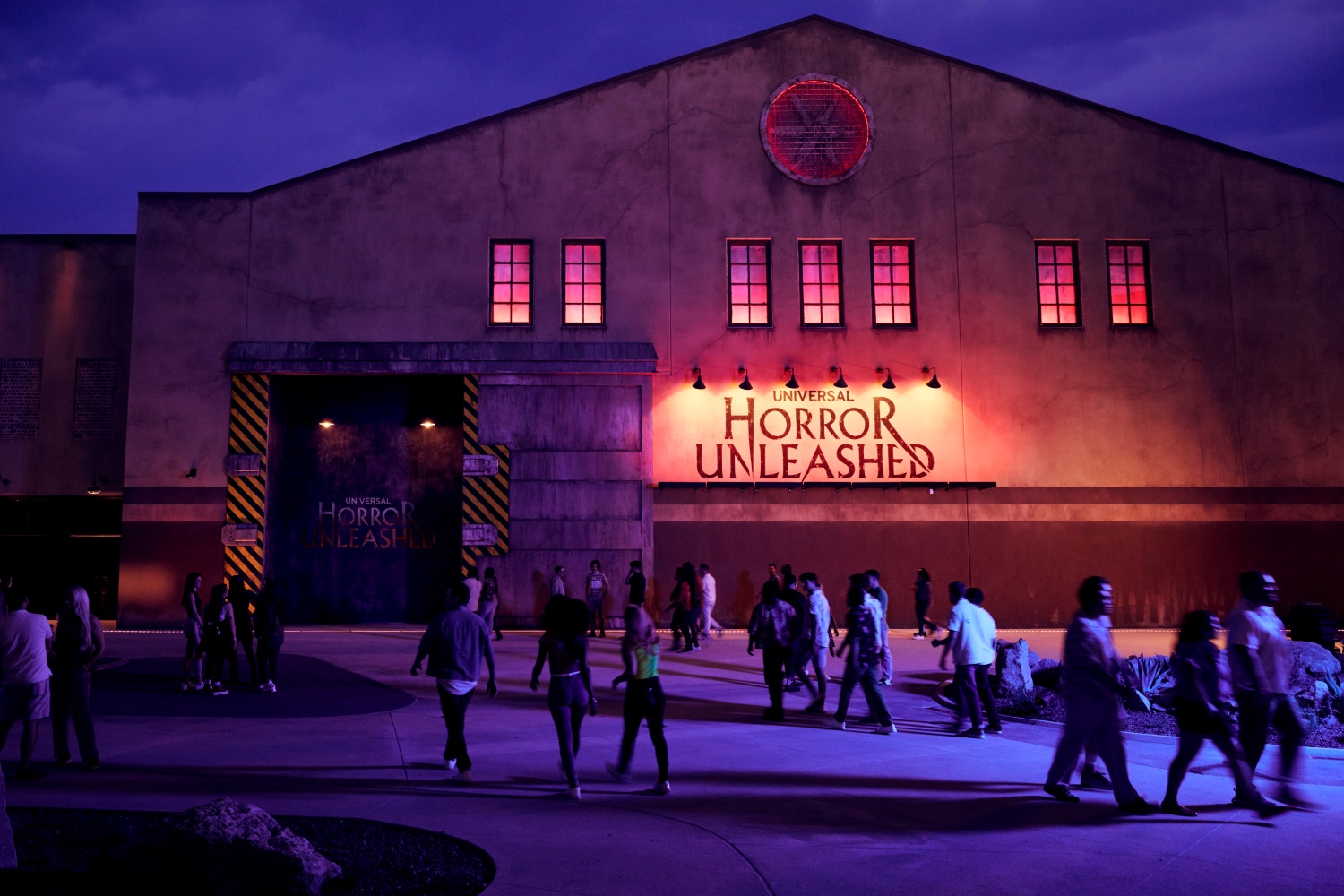

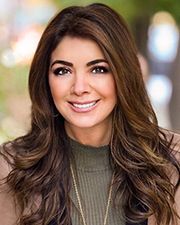
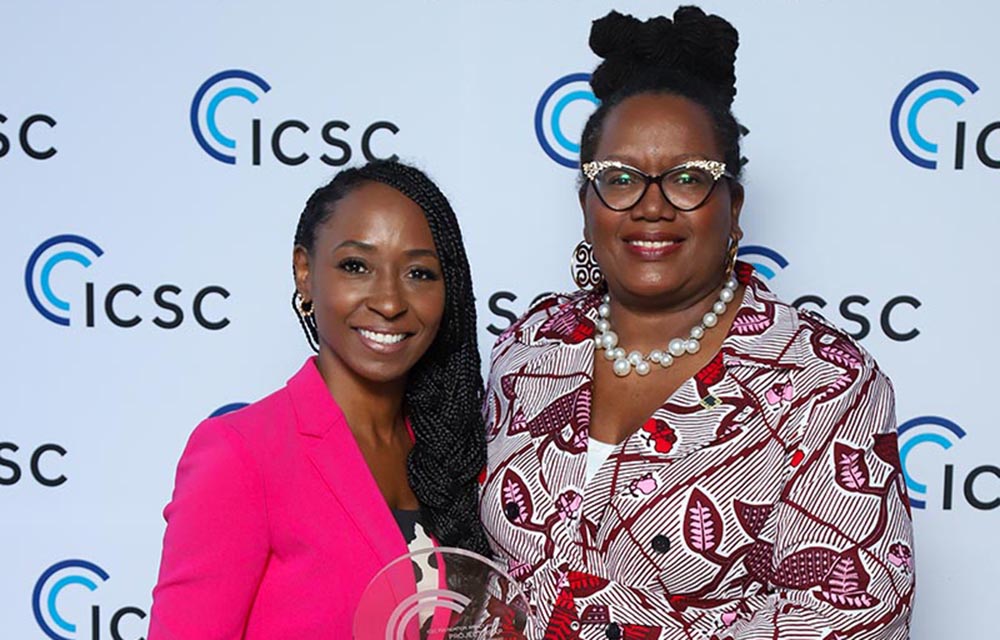

.jpg)
.gif)
.gif)